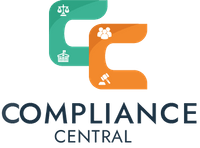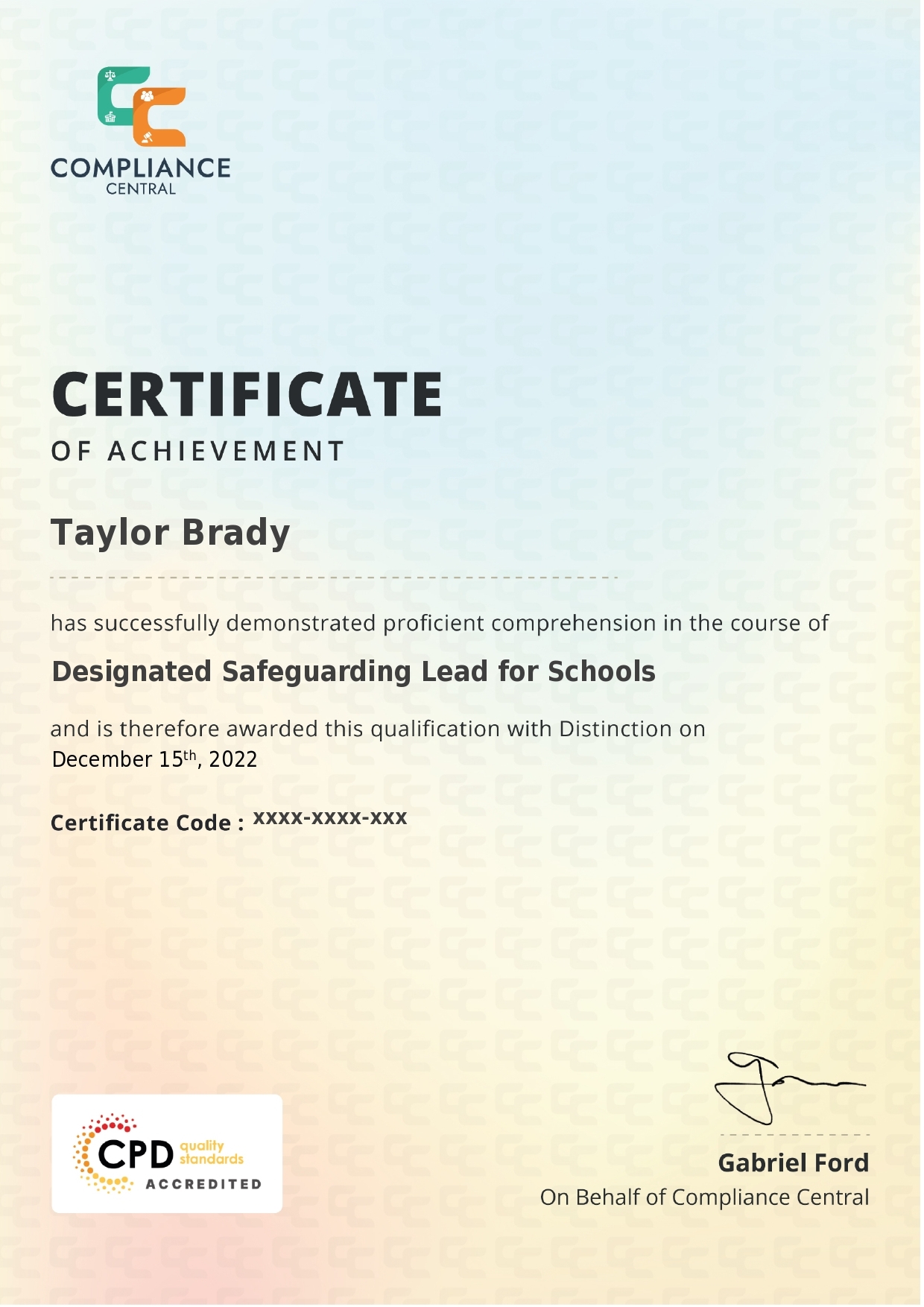- Duration / Course length: Upto 7 Hours Start now
- Accredited by: CPD Qualification Standards
- Certificates:
- Course delivery: This course is delivered in video format
Course details
In today's rapidly advancing world, the demand for professionals knowledgeable in electronic and electrical device maintenance and troubleshooting is skyrocketing. Not only does this role promise stability, but it also ensures an impressive income. Dive deep into our comprehensive course on "Maintaining & Troubleshooting Electronic & Electrical Devices" and set yourself apart in this thriving field. Through meticulously structured sections, you will explore everything from essential tools to intricate electronic components and troubleshooting strategies.
Grasp the art and science behind electronics, understand the complex components, and sharpen your problem-solving skills. The future is electronic, and with this course, you are all set to lead it!
Learning Outcomes:
Understand electronic and electrical device fundamentals.
Identify and use essential maintenance tools.
Recognize and differentiate electronic components.
Master the basics of testing and measurement.
Grasp intricate troubleshooting strategies.
Deepen knowledge in voltage, current, and resistance.
Explore advanced electronic component behavior.
Description:
Unlock the world of electronics with our in-depth course on "Maintaining & Troubleshooting Electronic & Electrical Devices". Each section is meticulously crafted to ensure you gain profound knowledge about the role, tools, components, and techniques involved in the domain of electronic and electrical device maintenance. Whether it's understanding the significance of passive electronic components or mastering the technique to measure voltage, current, or resistance, this course has it all. The benefits? A profound theoretical grounding in electronics, an edge in the competitive job market, and a comprehensive understanding of how electronic and electrical devices function.
Course curriculum
Section 1: Introduction & Getting Started
Unit 1: Introduction
Unit 2: Instructor's Introduction
Section 2: Electronic and Electrical maintenance Repair
Unit 1: Becoming a Troubleshooter
Section 3: Tools Needed
Unit 1: Tools Needed
Unit 2: Multimeters
Unit 3: Wire Cutter and Stripper
Unit 4: Wiring Tools Soldering Iron
Unit 5: Screw Drivers
Unit 6: Pliers
Unit 7: Wrench
Unit 8: Oscilloscope and Function Generator
Section 4: Electronic Components
Unit 1: Passive Electronic Components
Unit 2: Active Electronic Component Diode
Unit 3: Active Electronic Component Transistor
Unit 4: Common Electronic and Electrical Components
Section 5: Testing
Section 6: Troubleshooting
Unit 1: Safety Concerns
Unit 2: Main Concerns – Maintenance
Unit 3: Main Concerns – Servicing
Unit 4: Troubleshooting Part – 1
Unit 5: Troubleshooting Part – 2
Section 7: Introduction to Electronic Components: A Step by Step Guide
Unit 1: Introduction
Unit 2: Voltage Current and Resistance
Unit 3: Types of Current
Unit 4: Types of Circuits
Unit 5: Practical: Introduction to Digital Multimeter DMM
Unit 6: Volt Ohm Meter Basics
Unit 7: Measuring Voltage
Unit 8: Practical: How to Measure DC Voltage
Unit 9: Measuring Current
Unit 10: Measuring Currents – Lab Experiment Explained
Unit 11: Practical 1: How to Measure Current
Unit 12: Practical 2: How to Measure Current
Unit 13: Measuring Resistance
Unit 14: Practical: How to Test Resistors
Unit 15: Circuit Diagram Basics and Basic Symbol
Unit 16: Introduction to Resistor and Color Band Coding
Unit 17: Power Dissipation + Parallel and Series Resistors
Ohm's Law
Unit 19: Introduction to Capacitors
Unit 20: Capacitors Behavior + Capacitors in Series and Parallel
Unit 21: Practical 1: How to Test a Capacitor
Unit 22: Practical 2: How to Test A Capacitor
Unit 23: Introduction to Inductors
Unit 24: Practical: How to Test and Measure Coils
Unit 25: Introduction to Diode + Zener Diode and LED
Unit 26: Practical 1: How to Test a Diode
Unit 27: Practical 2: How to Test a Diode
Unit 28: Introduction to Transistors
Unit 29: Practical 1: How to Test a Transistor
Unit 30: Practical 2: How to Test a Transistor
Unit 31: Practical 3: How to Test a Transistor
Who Is This Course For:
Electronics Enthusiasts
Aspiring Electronic Engineers
Maintenance Technicians
Technical Analysts
Career Path:
Electronic Maintenance Specialist
Electronic Diagnostic Technician
Electrical Device Consultant
Technical Support Specialist
Maintenance Strategy Developer
Component Analyst & Consultant
Eligibility / Requirements
To enrol in this course, all you need is a basic understanding of the English Language and an internet connection.





